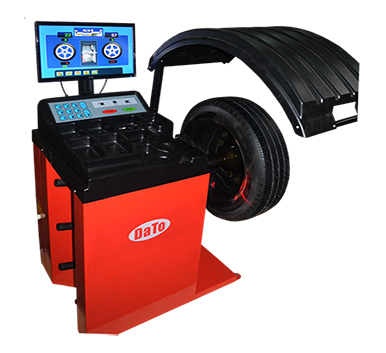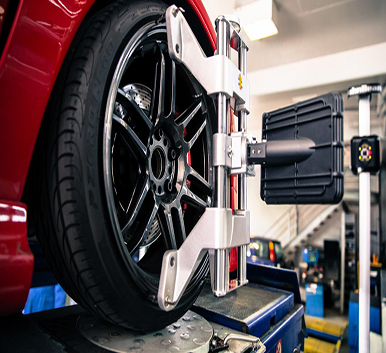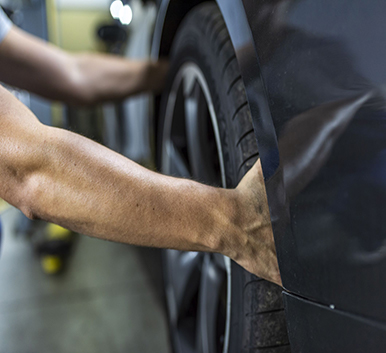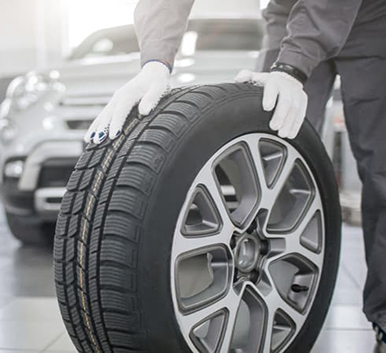Tyre Balancing

Safety Tips!
- Engine oil level should be regularly checked
- Tyres have a minimum of 1.6mm of tread depth
- Never remove the radiator cover when engine is hot.
- Ensure that your vehicle's brake fluid is full
- Regularly check your vehicle's tyre pressure
Wheel balancing is the process of matching the weight of the combined tyre and wheel assembly so that it spins smoothly at high speed. Balancing involves putting the wheel with the tyre on a balancer, which centres the wheel and spins it to determine where the weights should go. At high speeds, a tiny imbalance in weight is intensified by the centrifugal force, causing the wheel with the tyre to spin with a kind of “clumping" motion. This usually translates into a vibration in the car that is not only uncomfortable but also results in premature wearing of suspension and steering components, rotating parts and tyres. The first sign that your wheels may be out of balance is when your steering wheel starts to wobble above a certain speed. A driver may not always sense an imbalance at the steering wheel. It could be present but dampened by the vehicle weight. This is why balancing is equally important for both front and rear wheels and is recommended each time a tyre is removed or replaced. Correctly balanced wheels help to eliminate vibration and avoid premature tyre wear, saving you time and money.




